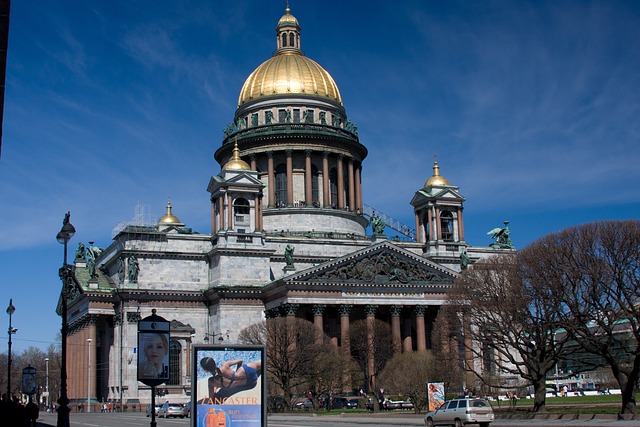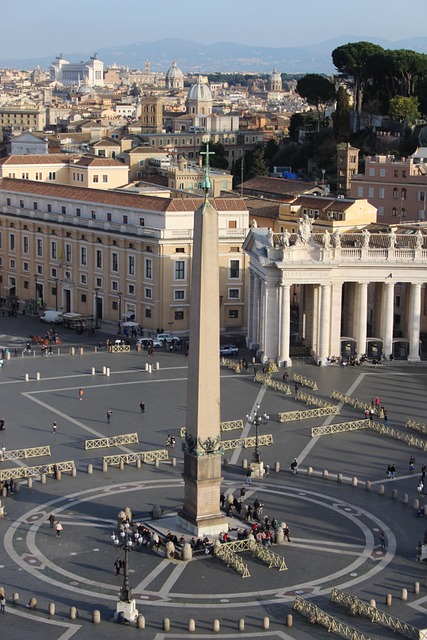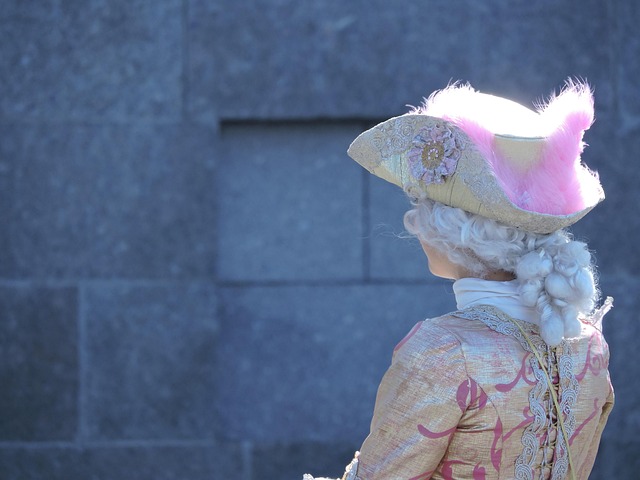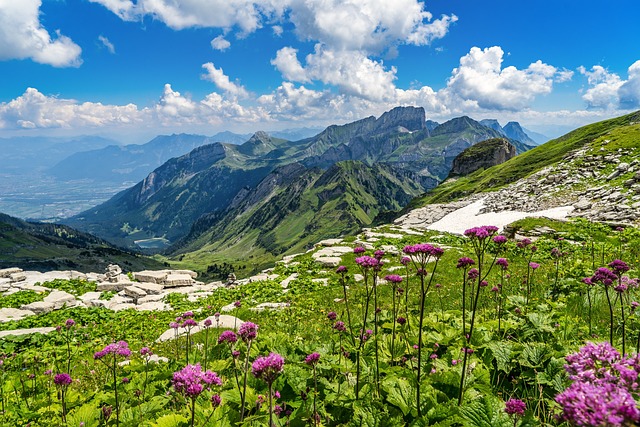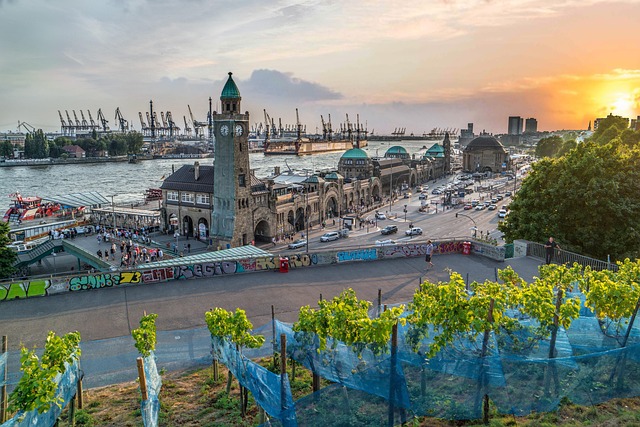Unveiling Historical Roots highlights the deep connection between real estate and heritage pride. The text emphasizes that every building, street, and neighborhood holds a story, fostering community identity. Cultural events serve as vibrant hubs, celebrating diversity and connecting people across different backgrounds, while preserving local legacies. Real estate developers and urban planners play a crucial role in integrating historic buildings and neighborhoods into modern projects, driving economic growth, strengthening communities, and attracting tourists seeking authentic experiences. This approach respects the past, enriches the present, and ensures that unique community stories are shared for generations to come.
Cultural events celebrating heritage pride are more than just festivities; they’re vibrant expressions of a community’s identity. This article delves into three interconnected aspects: how real estate shapes historical narratives, its role in fostering cultural diversity, and the impact of property developments on preserving traditions. By exploring these themes, we uncover the intricate relationship between places, people, and the preservation of unique cultural legacies, emphasizing the significance of real estate in cultivating a sense of belonging and pride.
Unveiling Historical Roots: How Real Estate Shapes Heritage Pride

Unveiling Historical Roots: The Tight Bond Between Real Estate and Heritage Pride
Real estate isn’t just about structures and property lines; it’s a living testament to our shared history. Every building, street, and neighborhood tells a story, woven into the fabric of communities across generations. By understanding and preserving these historical roots, real estate becomes a powerful tool for fostering heritage pride. Local architectural styles, community landmarks, and even the layout of streets can transport us back in time, creating a sense of belonging and connection to our past.
When communities celebrate and embrace their real estate heritage, they strengthen their collective identity. Events that highlight historic homes, showcase local architecture, or reclaim forgotten spaces can bring people together, fostering a deeper appreciation for their cultural roots. This pride not only preserves the past but also inspires a vision for the future, ensuring that the stories and traditions of yesterday continue to resonate in the present.
Celebrating Diversity: Cultural Events as Unity Hubs
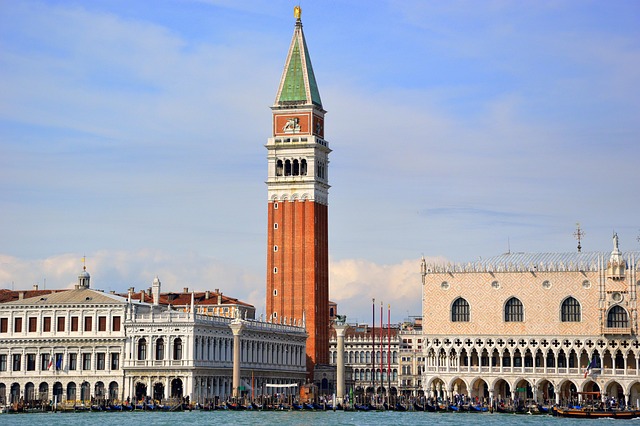
Cultural events serve as vibrant hubs that celebrate diversity and bring communities together, fostering unity and a strong sense of belonging. These gatherings showcase the rich tapestry of heritage, traditions, and stories from various backgrounds, allowing folks to connect, share experiences, and create lasting memories. In today’s diverse landscapes, where real estate is often characterized by mixed neighborhoods, these events play a pivotal role in building bridges between different cultures.
By organizing festivals, parades, and exhibitions that highlight unique cultural practices, communities can attract visitors, fostering an environment of understanding and appreciation. Such gatherings not only strengthen local economies through tourism but also create opportunities for intergenerational learning and dialogue, ensuring that diverse heritage stories are preserved and shared.
Preserving Traditions: The Impact of Real Estate on Cultural Preservation Initiatives
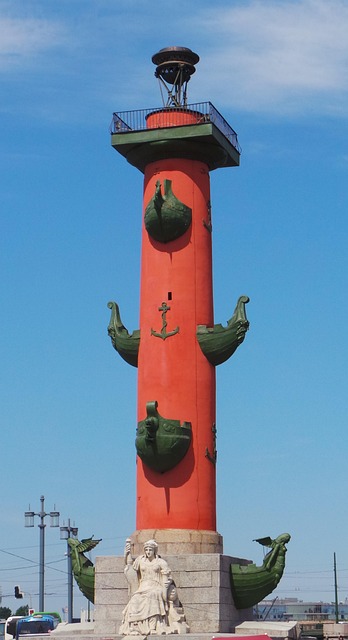
Preserving cultural heritage is a collective effort, and real estate plays a significant role in this endeavor. As communities celebrate their traditions, the built environment becomes a tangible link to the past. Historic buildings, sites, and neighborhoods are not just architectural marvels; they are living testaments of a community’s rich history and identity. Real estate developers and urban planners have a crucial duty to recognize and respect these cultural landmarks when shaping urban landscapes. By integrating preservation initiatives into development projects, they can ensure that heritage remains accessible and visible for current and future generations.
The impact of real estate on cultural preservation goes beyond aesthetic considerations. It involves a deep understanding of the social and historical context of a place. Restoring and revitalizing historic properties not only contributes to the economic vibrancy of a neighborhood but also fosters a sense of belonging and pride among residents. Additionally, these efforts can attract tourists interested in immersive cultural experiences, further enriching the local community and promoting diversity. Real estate as a tool for cultural preservation is thus a powerful means of honoring and sharing the stories that give a place its unique character.
